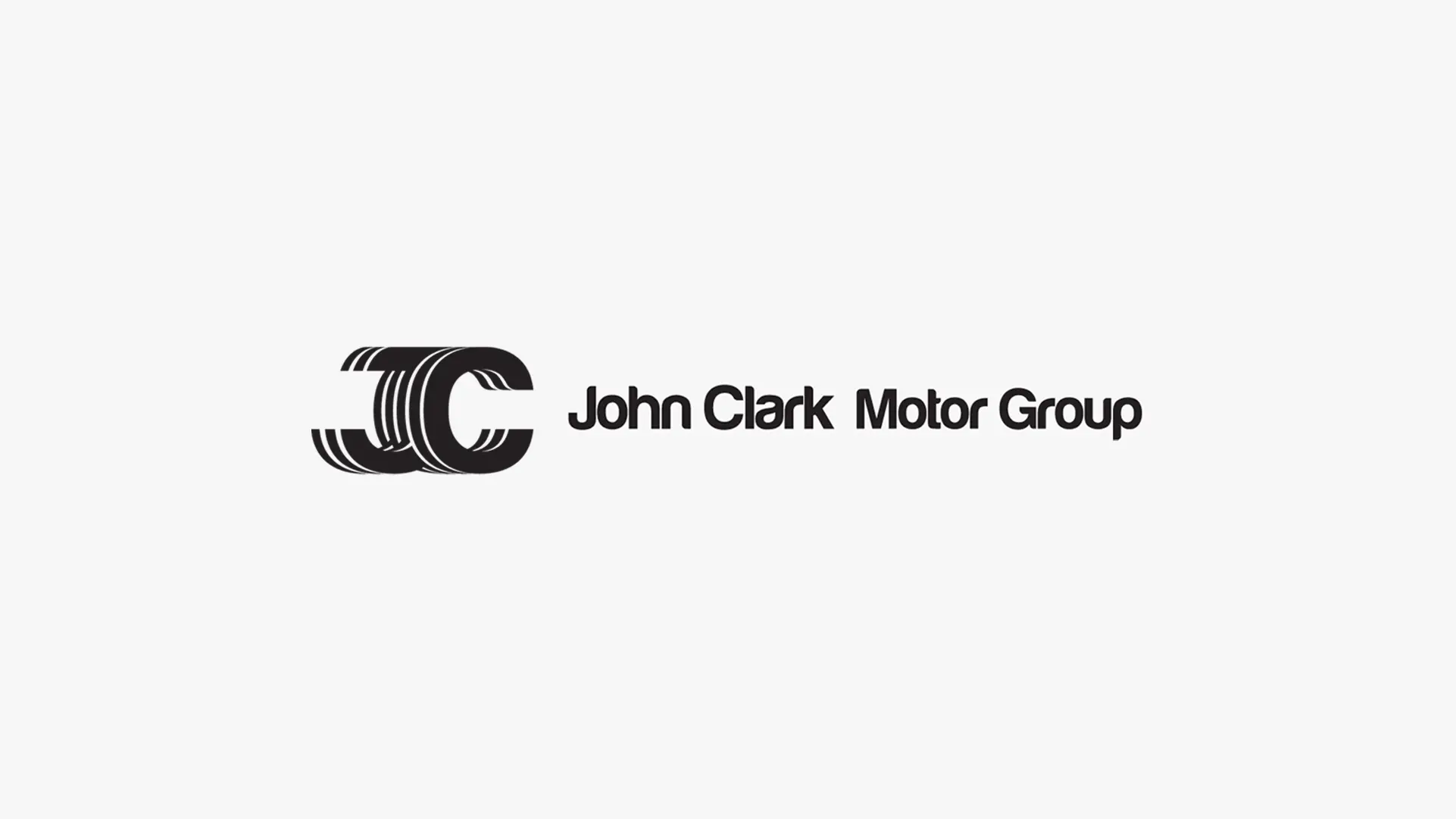

The Renault Captur won the Auto Express New Car awards in 2020 when it was named small SUV of the year. The primary focus of the Renault Captur is value for money. It is a family and/or working SUV with a smaller engine for better fuel economy. It has a muscular build, plenty of interior space, and enough driving comforts to justify its mid-range price tag.

With low running costs and plenty of room, this is a great car for people who have a growing family and need a little more interior space. The insurance premiums are great for everything except the discontinued 153bph version, so beware of those when buying a Captur second-hand. Plus, where the petrol versions are great for city travelling, the diesel engines hold their own on the motorway.
The RAID (Renault Anti-Intruder Device) technology are the anti-drill door locks and locking fuel cap. Each Renault Captur has a slew of safety features, from an electric parking brake and distance warning alerts to driver, three rear seat belts, and AEBS.
Airbags are located for the driver and front passenger, the side, head, and as curtains. There is also a window and rear door child locking function, electronic stability control, and both back and front "no seat belt" warning sounds.
Each car has a hill-start assist, and front airbags can be deactivated if somebody has something on their lap or if a woman is pregnant. All the vehicles also have Anti-lock Brake Systems (ABS) and (EBA) Emergency Brake Assist. As with all Renault cars, safety comes first.
The Renault Captur comes in the Play edition, Iconic and S Edition. Each trim progressively enhances the cars power and features - definitely one for all needs.
There are two sizes of petrol engines and two different power outputs to choose from. You can enjoy the cylinder turbocharged 1.0 litre at 99 bhp. The 1.3-litre turbocharged engine at 128bhp. There was a 153bhp version. However, it was discontinued.
You can try the 1.5-litre diesel engine at 95 or 115 bhp, and some of the higher-powered versions have the option of an automatic gearbox. You may also be able to get your hands on the E-tech hybrid 160 auto version, which uses Renault's capture technology that charges your battery as you roll downhill.
Compared to previous models, the exterior has been modernised, making this car appear a little more high-cost than it is. In fact, for an SUV, this is in the middle-to-lower price range. Interior space is abundant, with the petrol engine versions having just a bit more room in their boot than diesel engines' models.
Though other cars have a more comfortable interior, they have put more care and attention into the suspension in the Renault Captur. Unlike its rivals like the Renault ZOE, care has been taken to both absorb bumps and make steering more precise.
The hybrid pumps out half the CO² that the other versions of the Renault Captur, and it has a mile per gallon range that beats the diesel engines. However, it is almost double the diesel and petrol engines' cost and isn't much cheaper second-hand.
Generally, second-hand models are 45 per cent the cost of brand new models and are considered a small practical crossover with low running costs.